The 1950s was a transformative decade for interior design, reflecting the post-World War II optimism, economic prosperity, and technological advancements that characterized the United States and much of the Western world. As families moved into suburban homes and embraced modern conveniences, the interiors of these houses became a canvas for bold experimentation, vibrant colors, and a blend of functionality and style. Today, 1950s house interior designs are celebrated for their retro charm, and high-definition 4K photos allow us to appreciate the intricate details of this iconic era. In this article, we’ll dive into the key elements, popular trends, and cultural significance of 1950s interior design, while also guiding you on where to find stunning 4K HD images to bring this aesthetic to life.
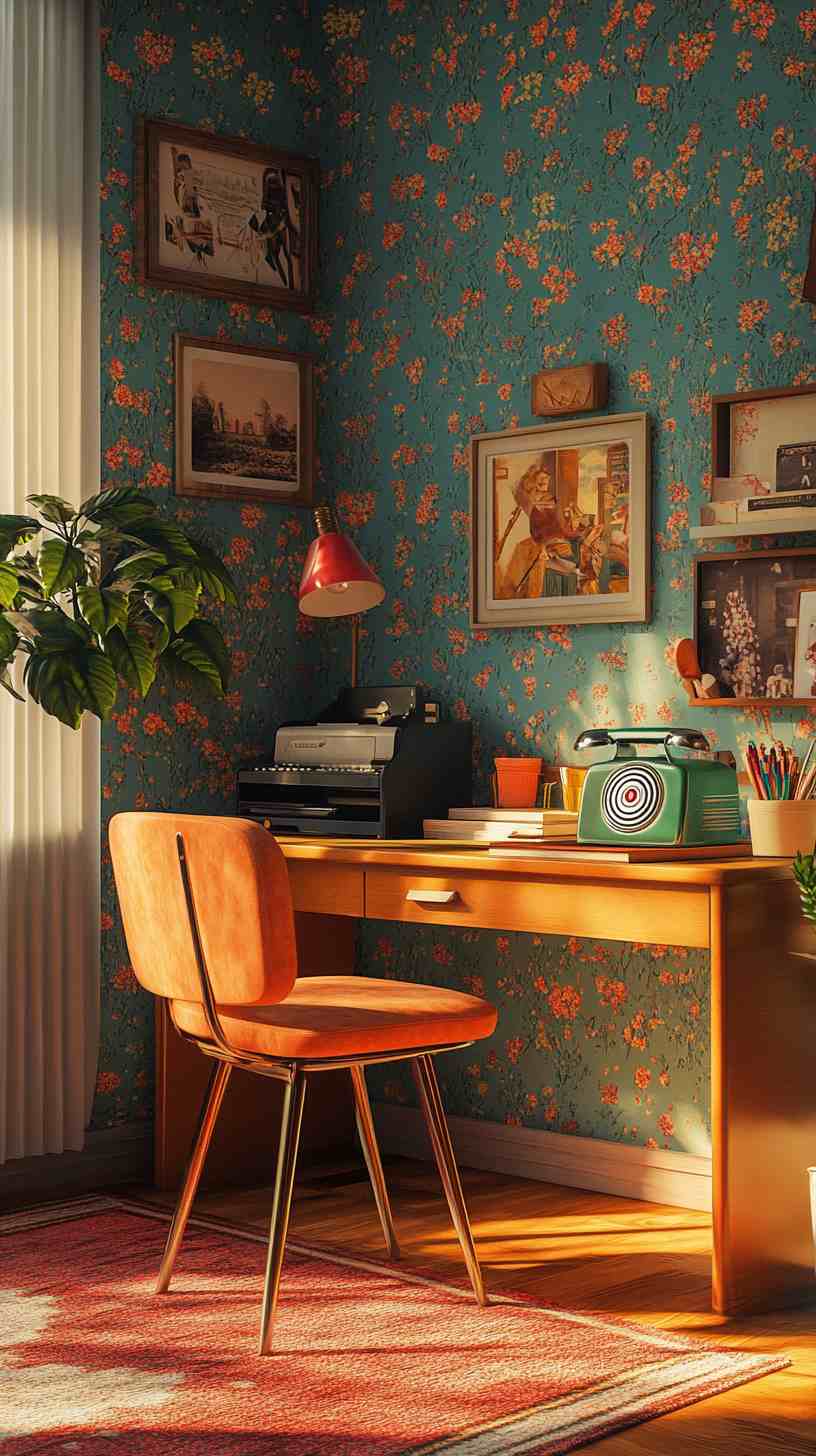
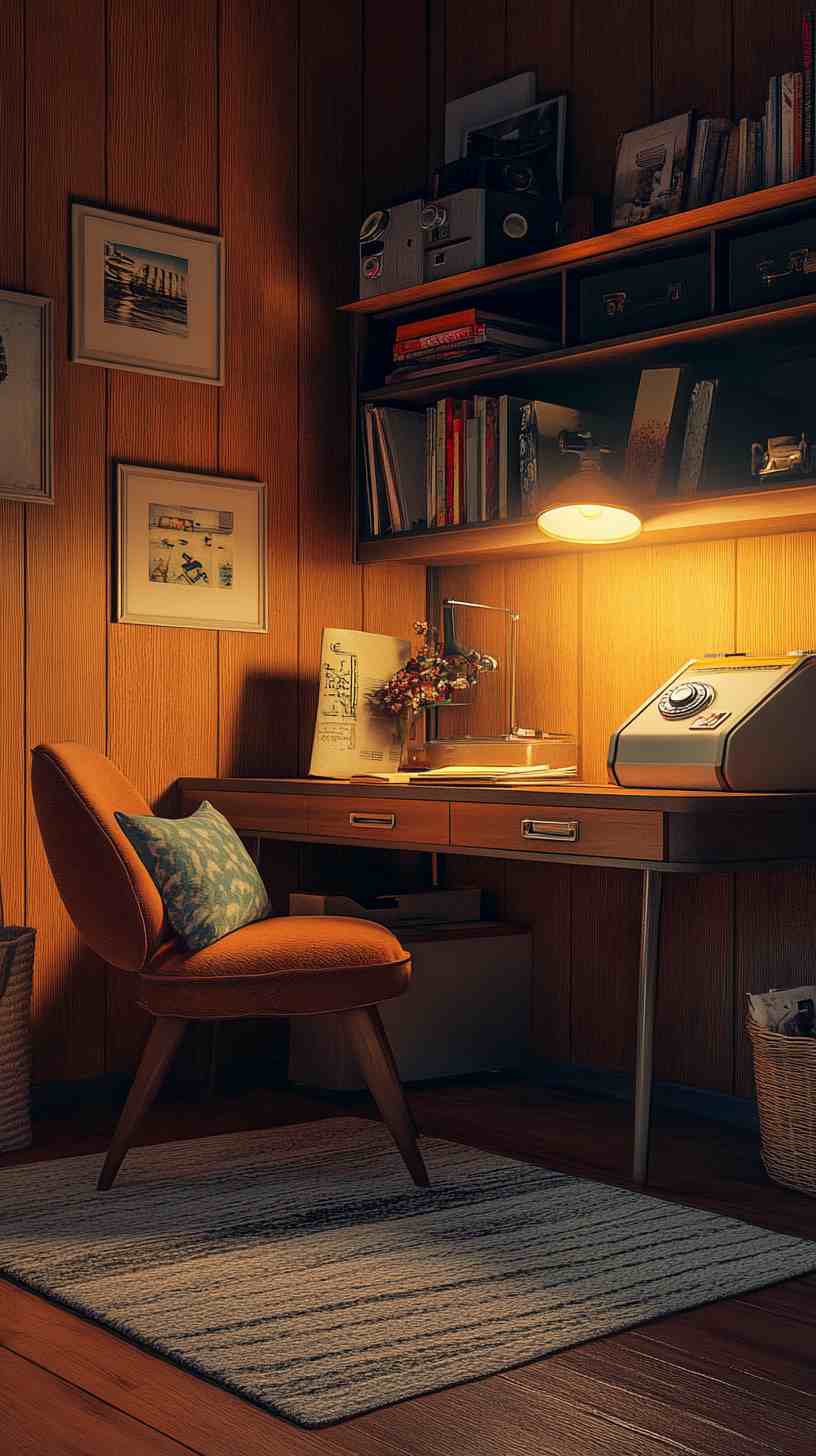
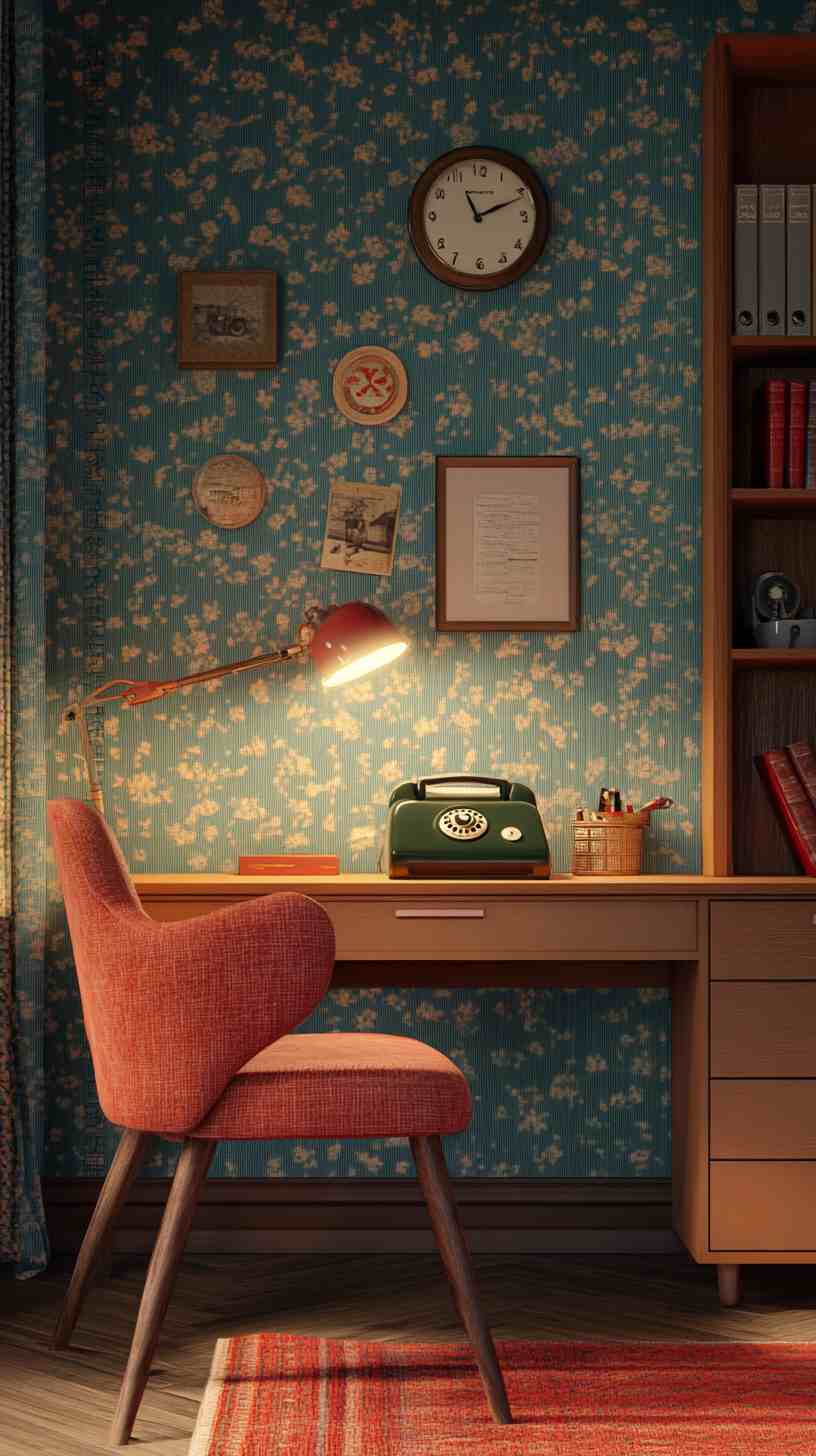
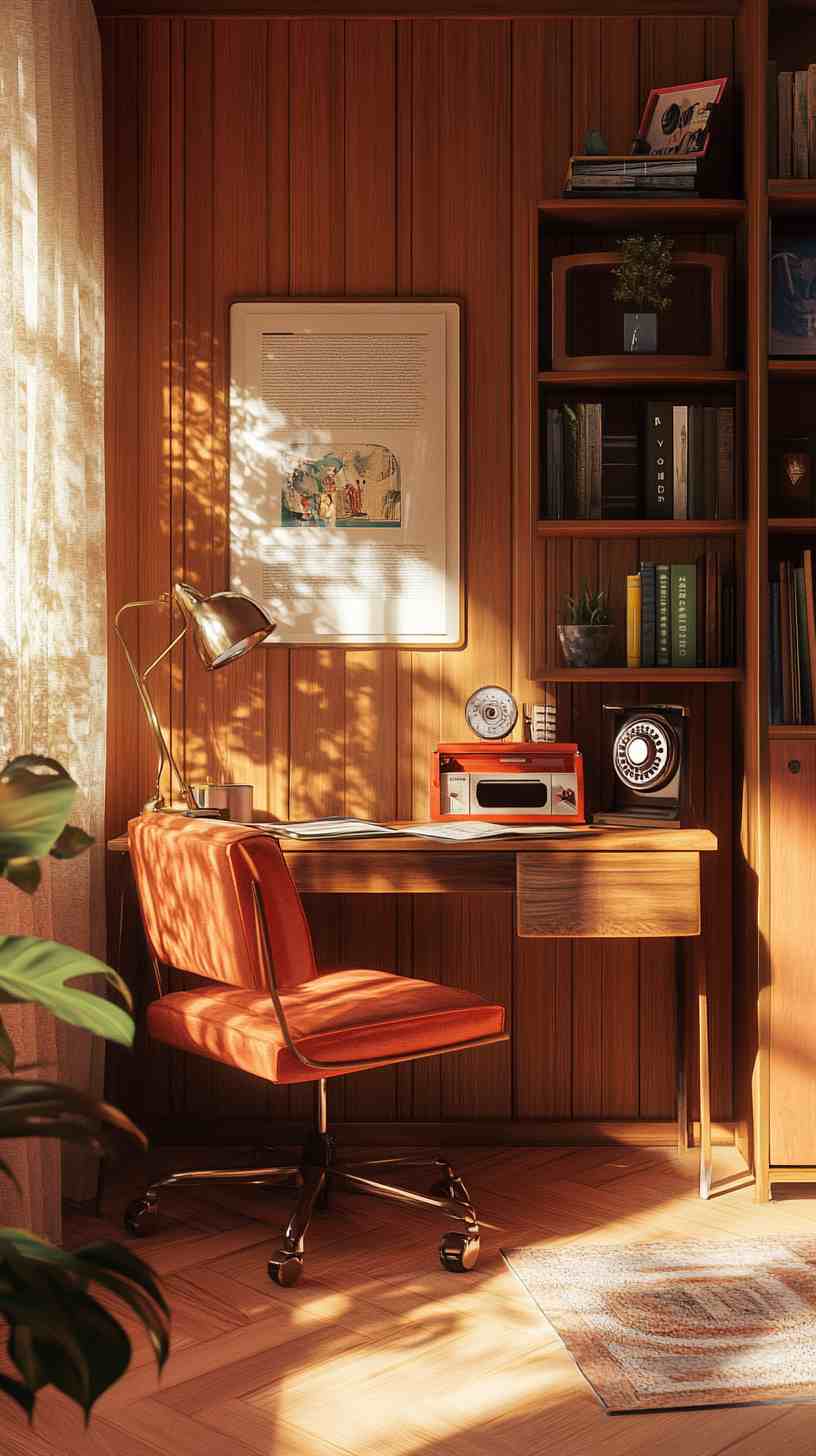
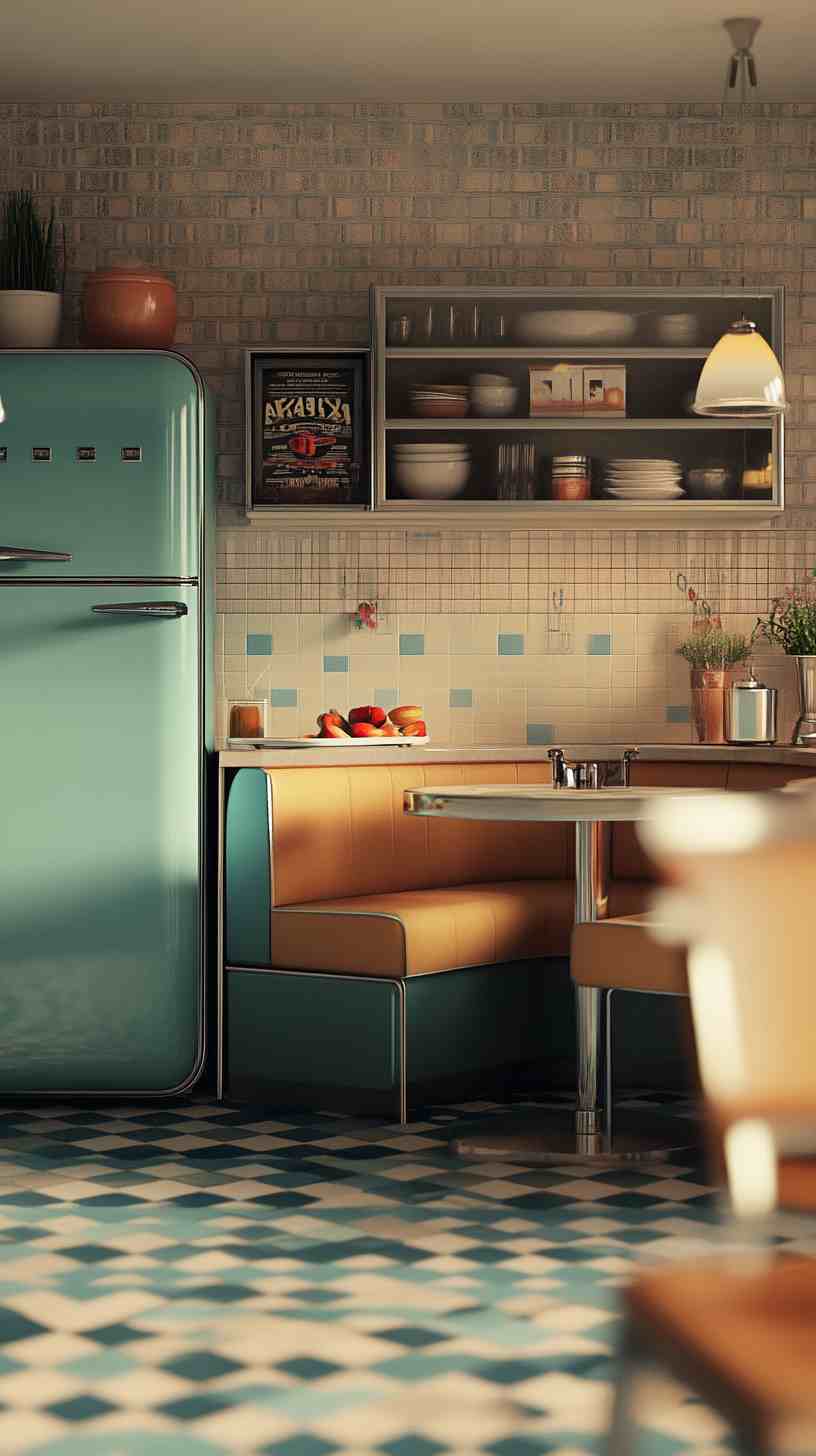
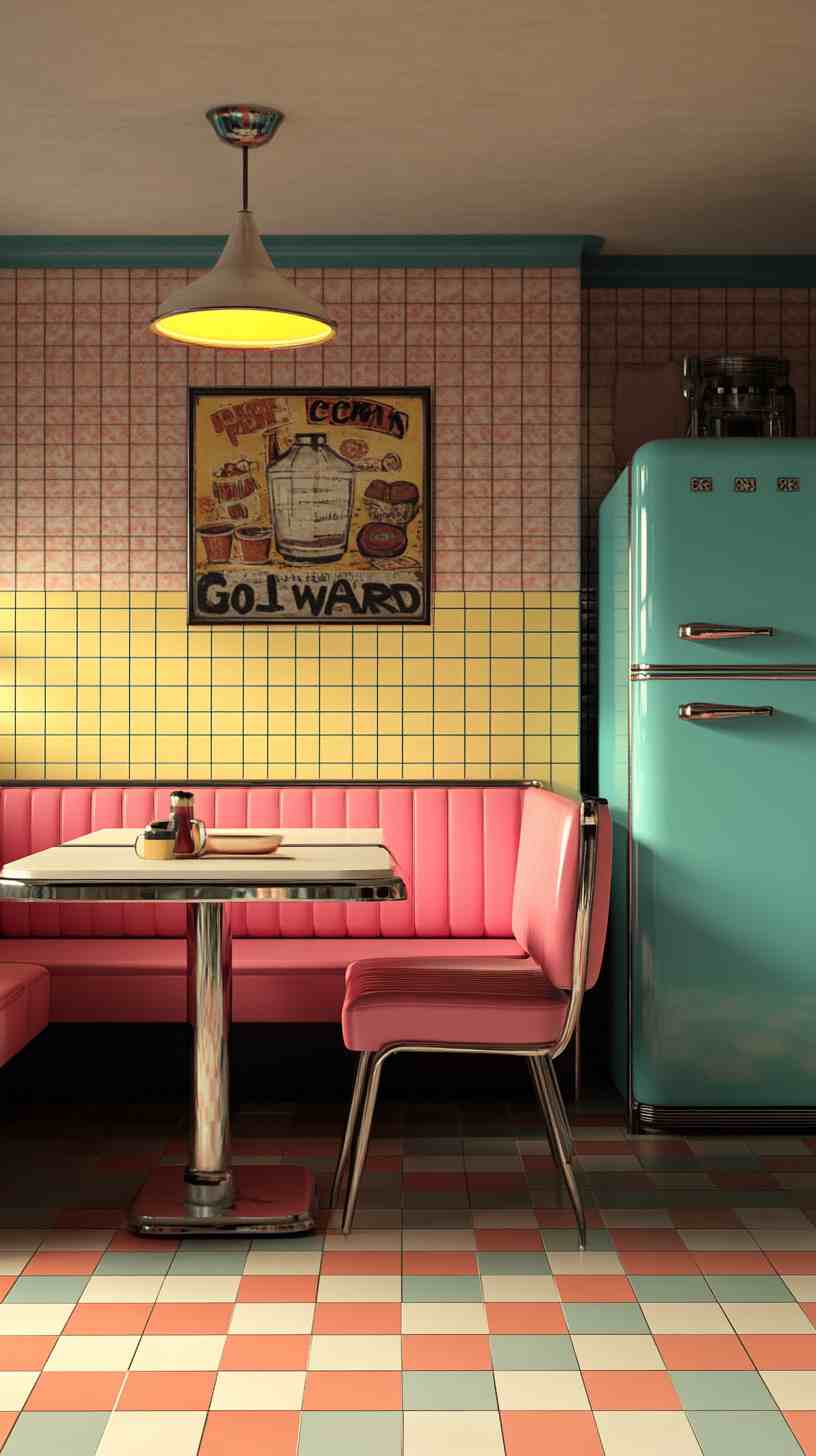
The Cultural Context of 1950s Interior Design
To fully appreciate 1950s interior design, it’s essential to understand the historical context. After the austerity of the war years, the 1950s ushered in a period of economic growth, particularly in the United States. The rise of the middle class, fueled by a booming economy and government-backed housing initiatives like the GI Bill, led to a suburban housing explosion. Families sought homes that were modern, comfortable, and reflective of their newfound prosperity.
At the same time, the 1950s marked the beginning of the Cold War, which influenced design through an emphasis on futuristic technology and space-age motifs. Television became a household staple, shaping how families interacted with their living spaces. Advertising and popular media, including magazines like Better Homes & Gardens and House Beautiful, played a significant role in promoting new design trends and consumer goods. This confluence of cultural shifts resulted in interiors that were both practical and aspirational, blending traditional elements with modern innovation.
Key Features of 1950s House Interior Design
1. Bold Color Palettes
One of the most striking features of 1950s interior design is its use of color. Unlike the muted tones of the 1930s and 1940s, the 1950s embraced vibrant, cheerful hues. Pastels like mint green, baby blue, and soft pink were popular for walls, furniture, and appliances, often paired with bold accent colors such as mustard yellow, cherry red, or turquoise. Black and white checkerboard flooring was a common sight in kitchens and bathrooms, adding a graphic punch to the space.
In 4K HD photos, these colors pop with incredible clarity, highlighting the texture of materials like vinyl flooring or the sheen of Formica countertops. The interplay of light and shadow in these high-resolution images reveals how designers used color to create a sense of warmth and optimism.
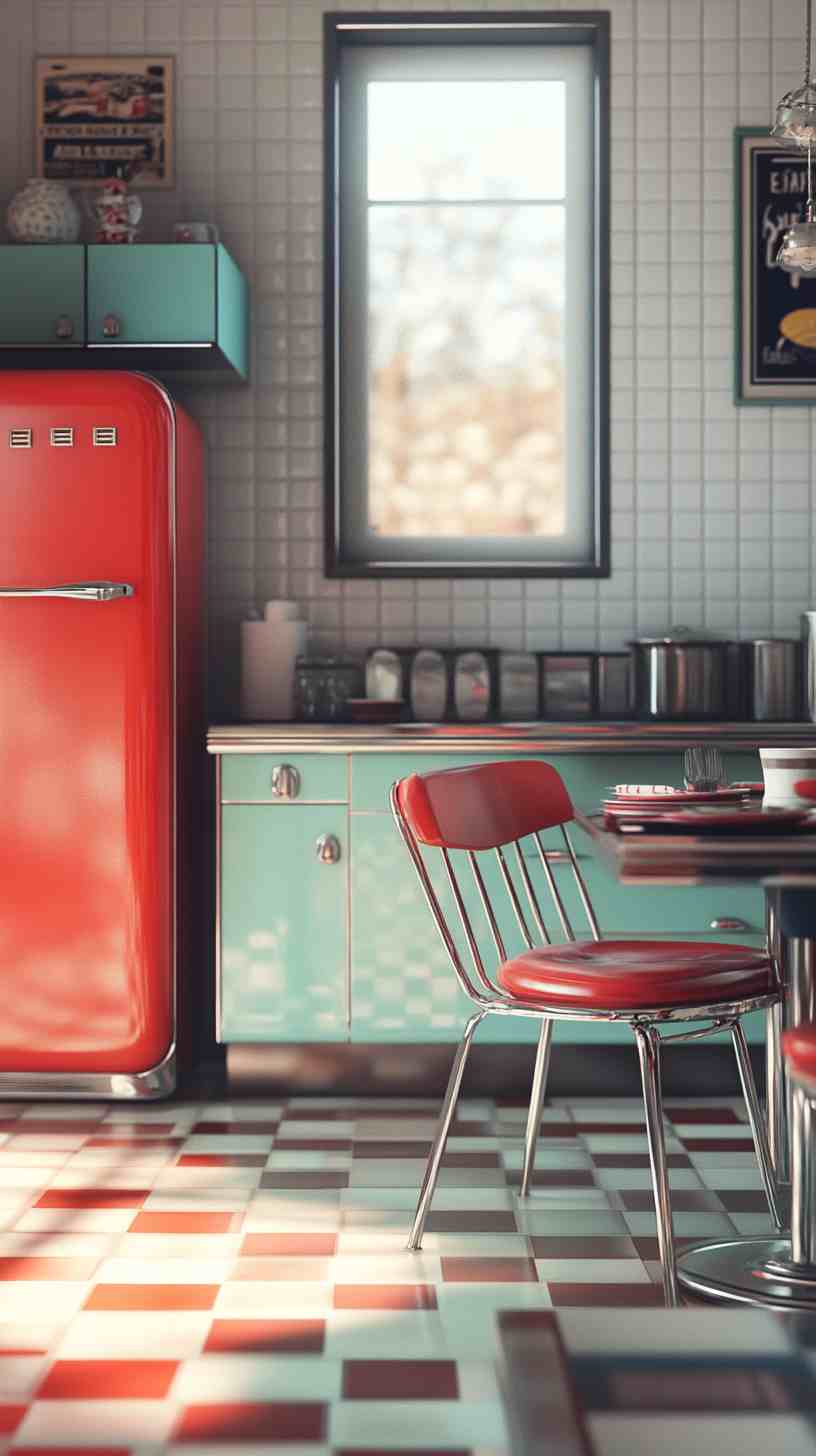

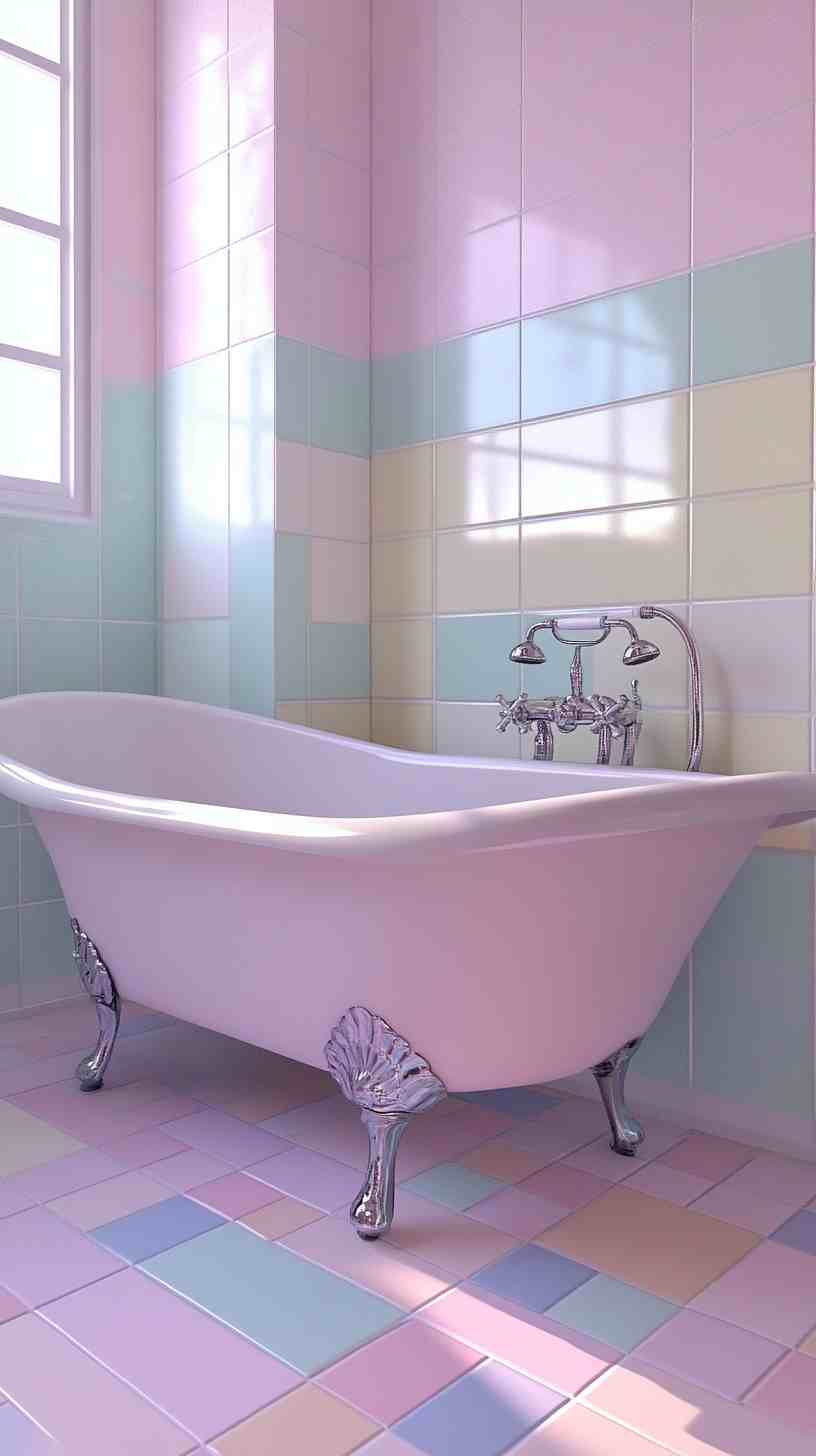


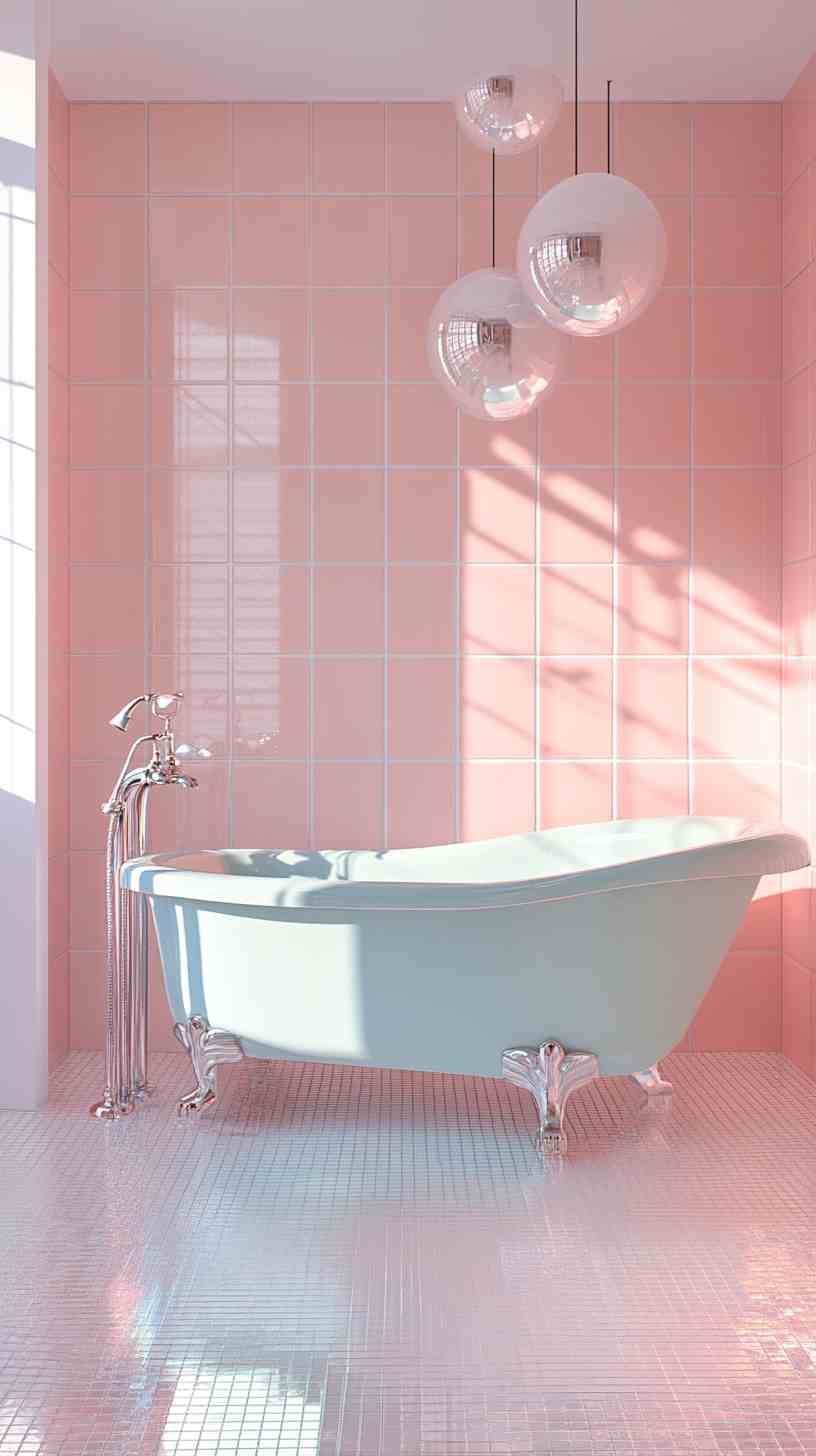
2. Mid-Century Modern Furniture
The 1950s saw the rise of mid-century modern design, characterized by clean lines, organic shapes, and a focus on functionality. Furniture designers like Charles and Ray Eames, Eero Saarinen, and George Nelson introduced iconic pieces that remain popular today. The Eames Lounge Chair, with its molded plywood and leather upholstery, and the Saarinen Womb Chair, with its cocoon-like shape, epitomized the era’s blend of comfort and style.
In high-definition imagery, you can appreciate the craftsmanship of these pieces, from the smooth grain of walnut or teak wood to the subtle stitching on upholstered surfaces. The minimalist yet sculptural forms of mid-century furniture stand out against the colorful backdrops of 1950s interiors.

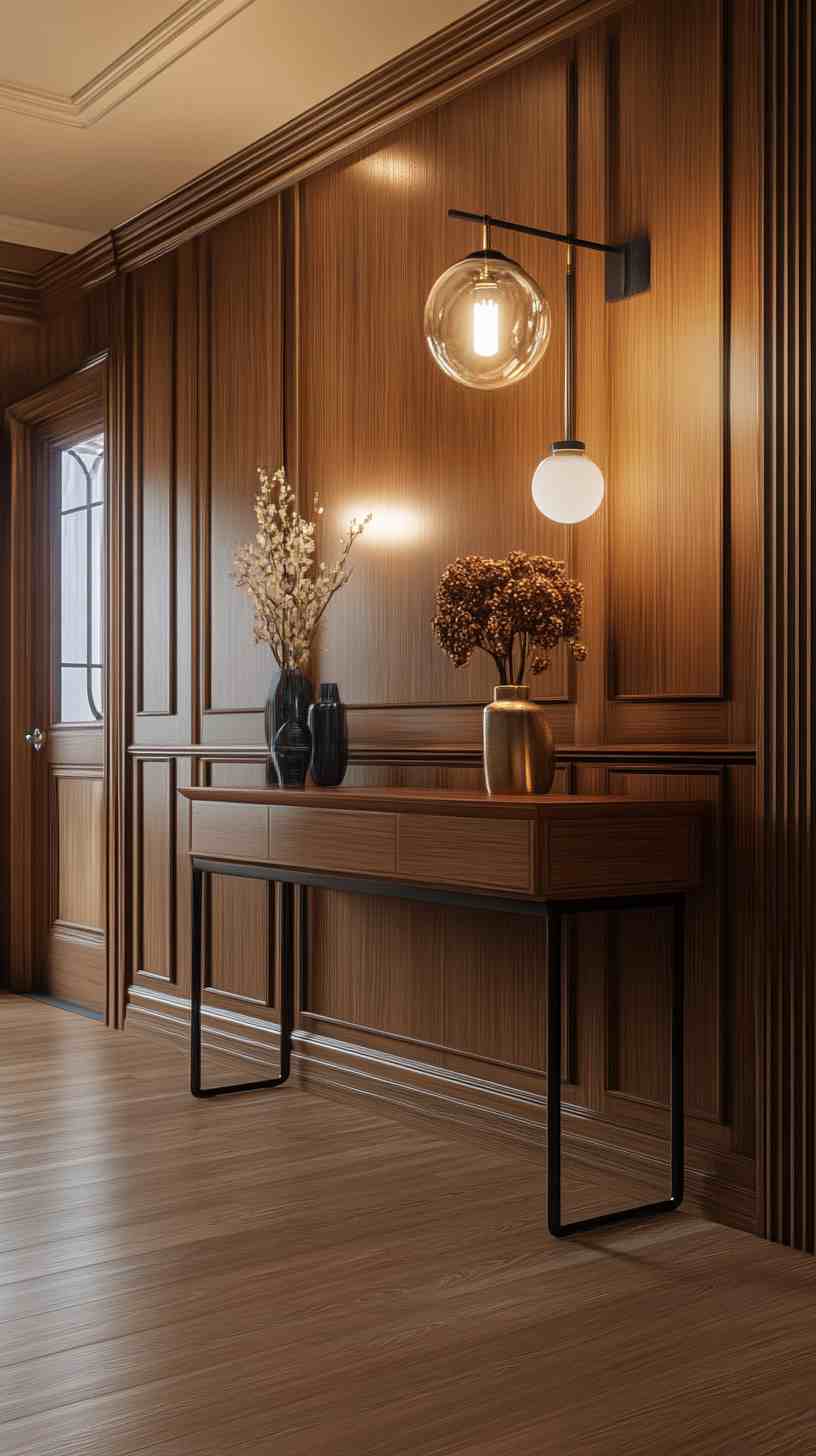
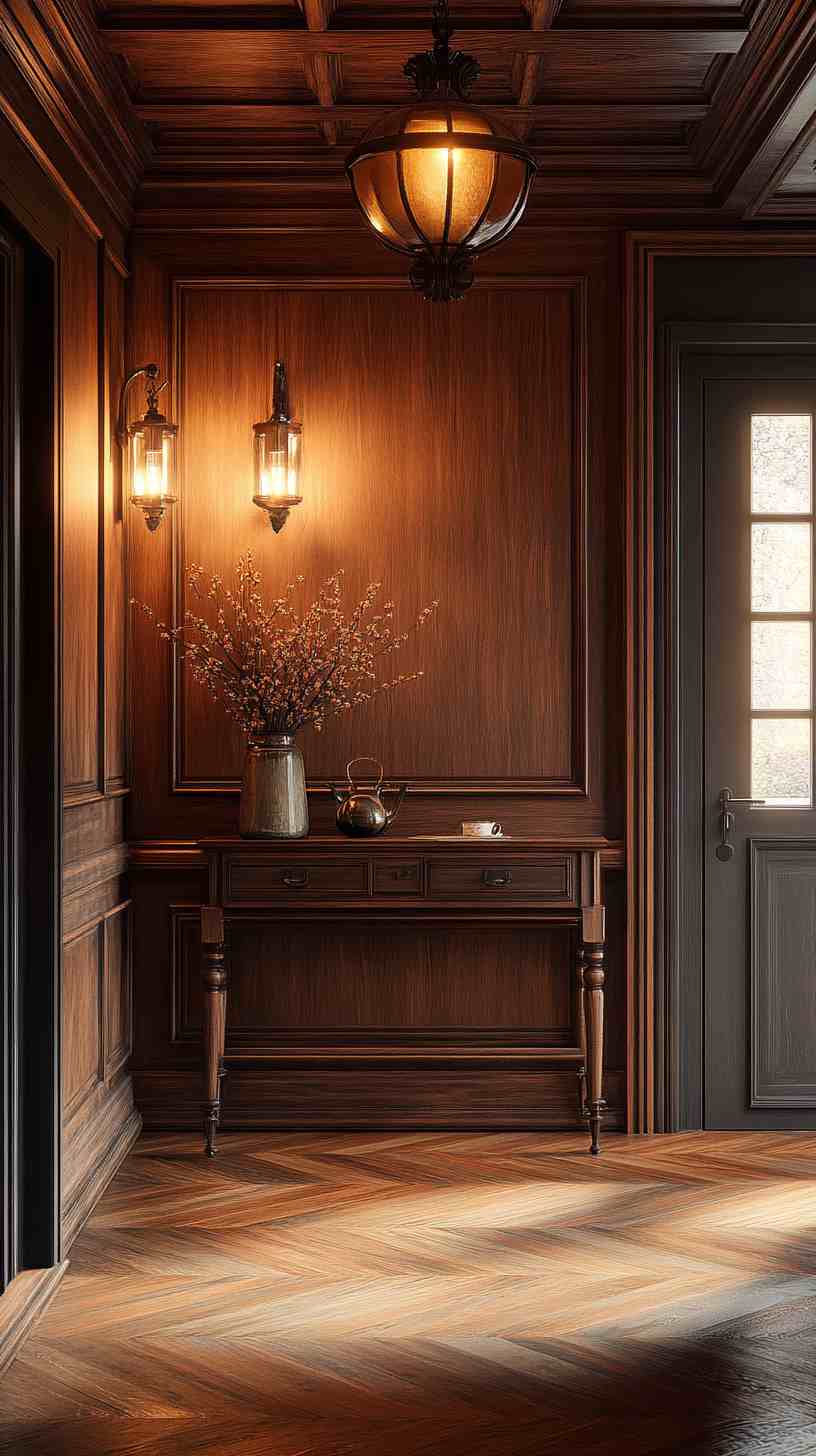
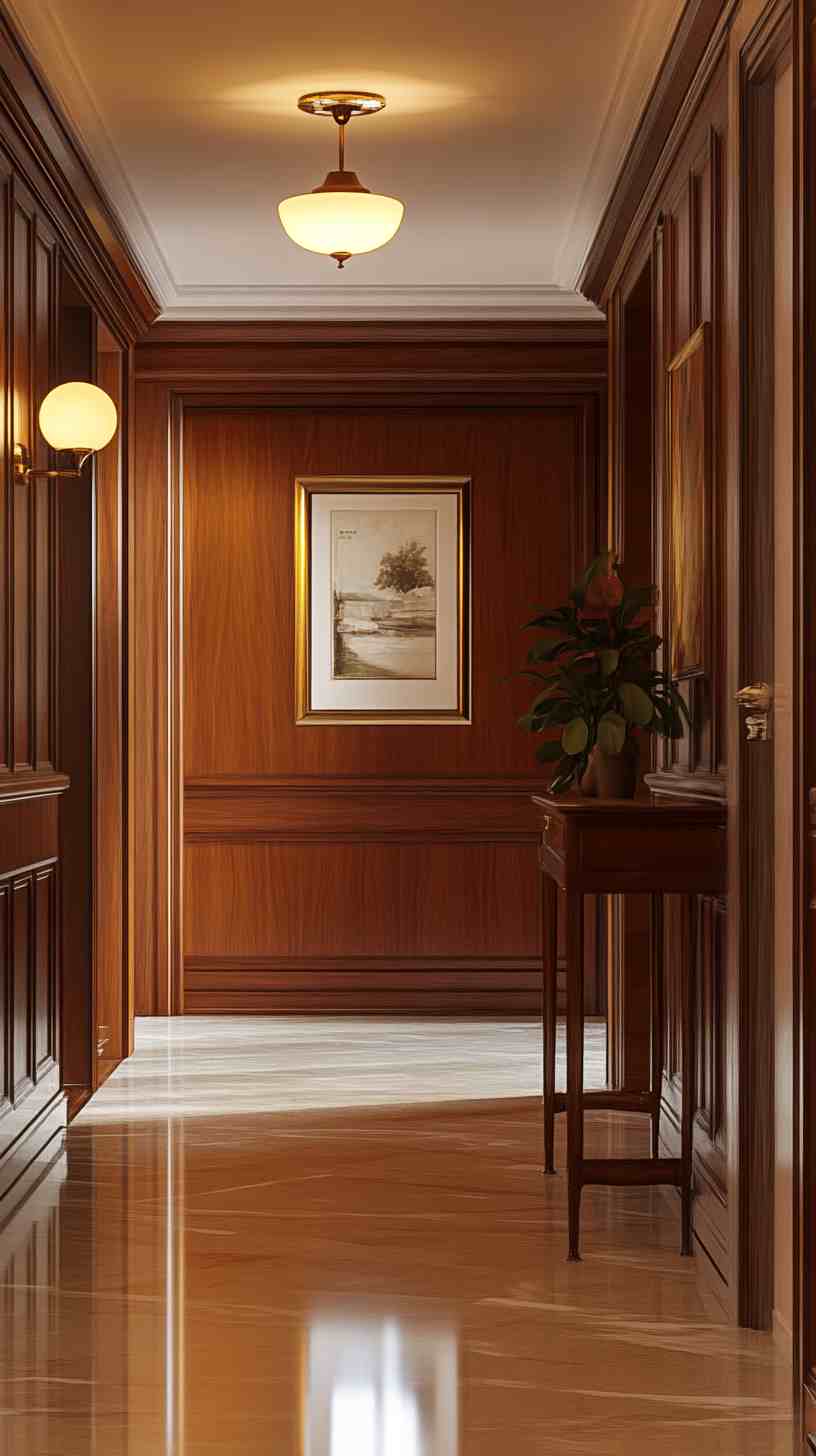
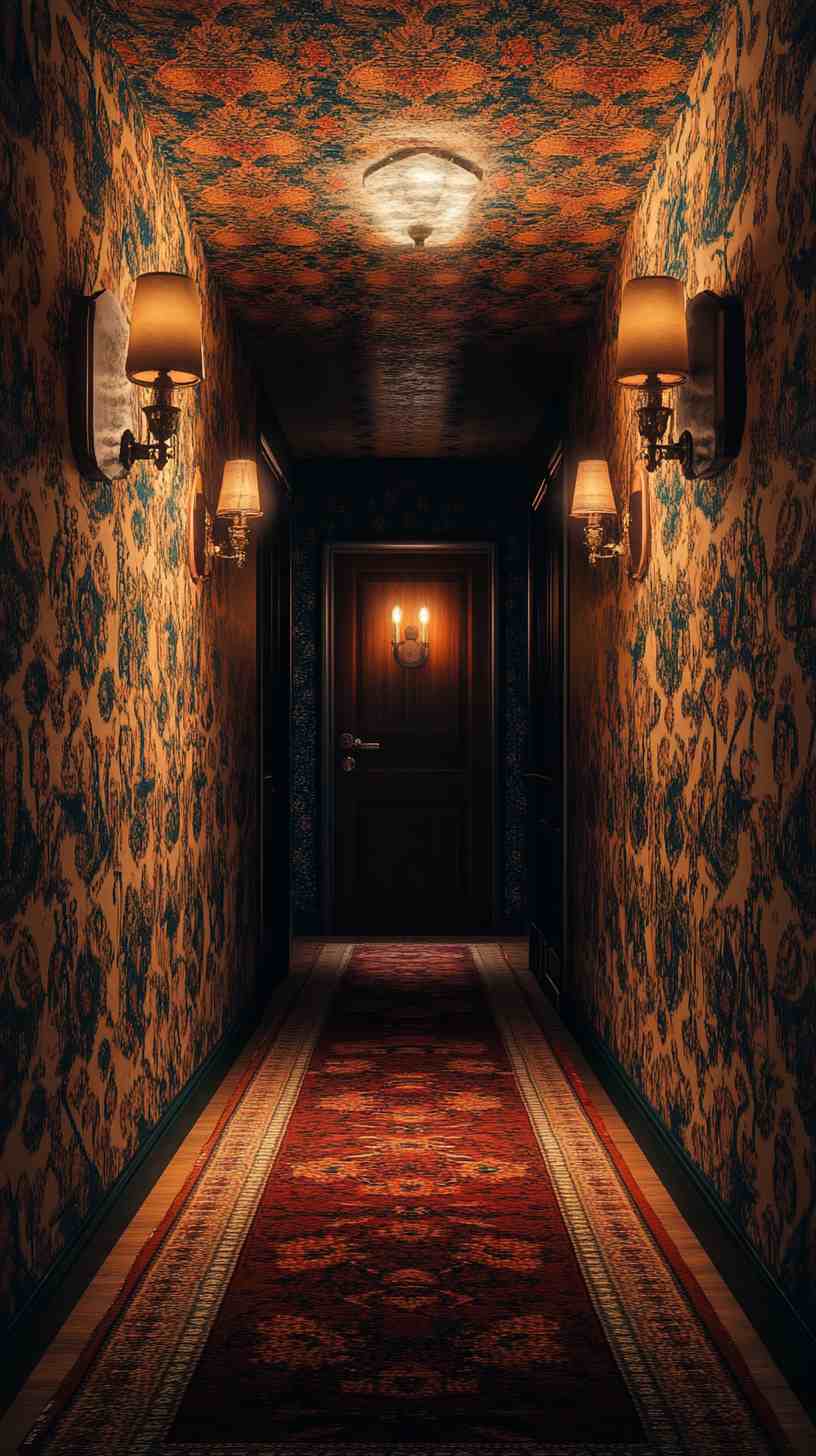
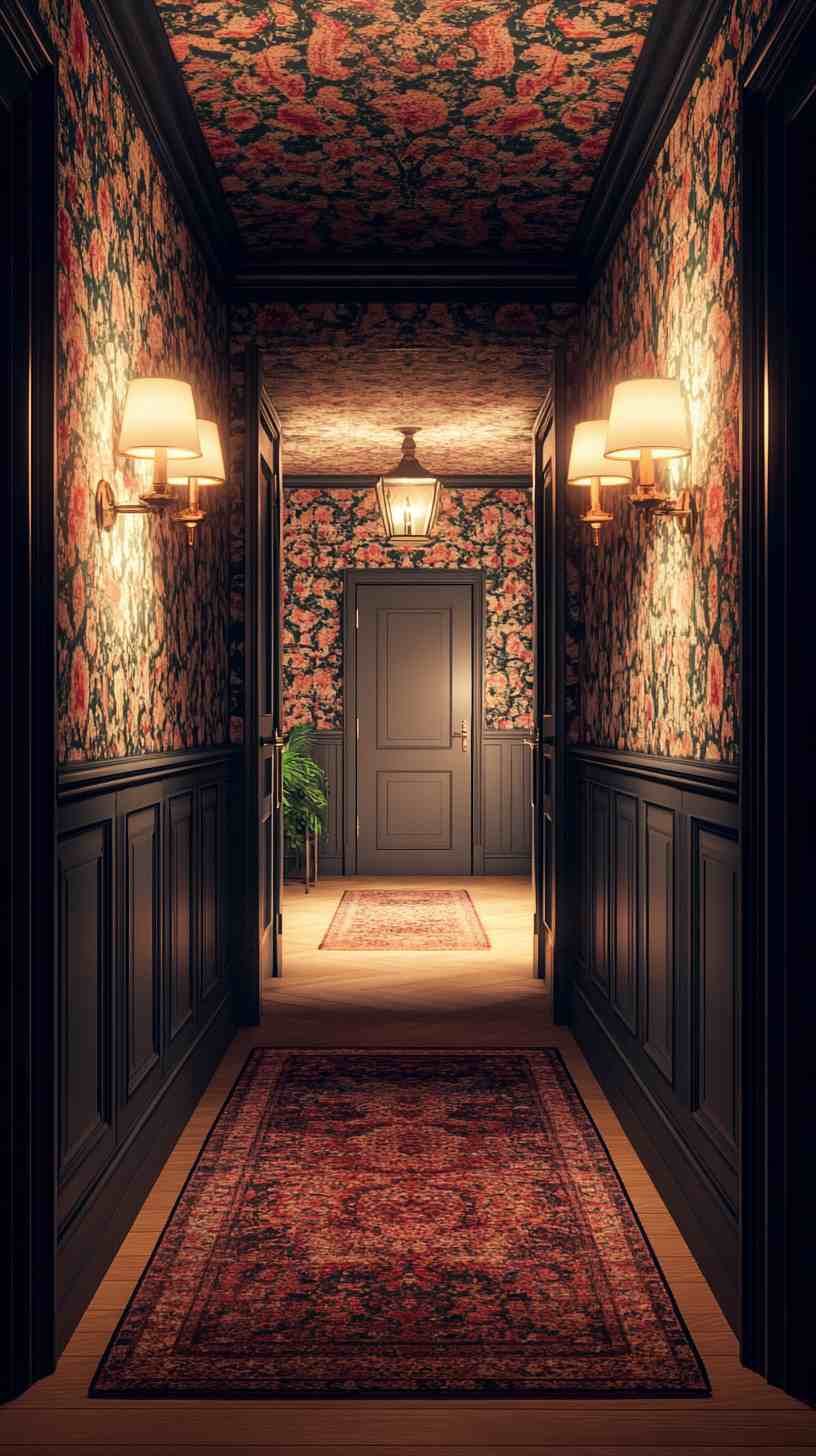
3. Open-Plan Living
The 1950s marked a shift toward open-plan living, particularly in suburban homes. Walls were removed to create larger, more flexible spaces that accommodated family activities and socializing. The living room, dining area, and kitchen often flowed into one another, reflecting the casual, family-oriented lifestyle of the decade.
In 4K HD photos, the spaciousness of these layouts is evident, with wide-angle shots capturing the seamless transitions between zones. Details like built-in shelving, low-profile furniture, and large windows enhance the sense of openness, while natural light floods the space, illuminating the vibrant decor.
4. Space-Age and Atomic Influences
The 1950s fascination with space exploration and atomic energy influenced interior design in playful and futuristic ways. Starburst patterns, boomerang shapes, and asymmetrical designs appeared on everything from wallpaper to light fixtures. Furniture often featured angled legs or tripod bases, evoking the look of spacecraft or scientific instruments.
High-resolution images showcase the intricate details of these motifs, such as the metallic sheen of a sputnik chandelier or the textured weave of a starburst-patterned curtain. These elements add a whimsical, forward-looking vibe to 1950s interiors.
5. Innovative Materials and Technology
The post-war period introduced a range of new materials that revolutionized interior design. Plastic, fiberglass, and plywood were used to create affordable, mass-produced furniture, while Formica and vinyl became staples for countertops and flooring. Appliances like refrigerators, ovens, and washing machines came in pastel colors, blending seamlessly with the decor.
In 4K HD photos, the glossy surfaces of these materials reflect light beautifully, highlighting their smooth textures and vibrant finishes. Close-up shots reveal the durability and versatility of these innovations, which were both practical and stylish.
6. Kitsch and Playful Decor
The 1950s embraced a sense of fun and whimsy in decor. Kitsch items like ceramic poodle figurines, flamingo motifs, and pineapple-shaped lamps added personality to homes. Wall art often featured abstract designs or illustrations of everyday objects, reflecting the era’s love of bold, graphic imagery.
High-definition imagery captures the charm of these quirky details, from the intricate glazing on ceramic pieces to the vibrant colors of vintage posters. These elements bring a lighthearted, nostalgic feel to 1950s interiors.
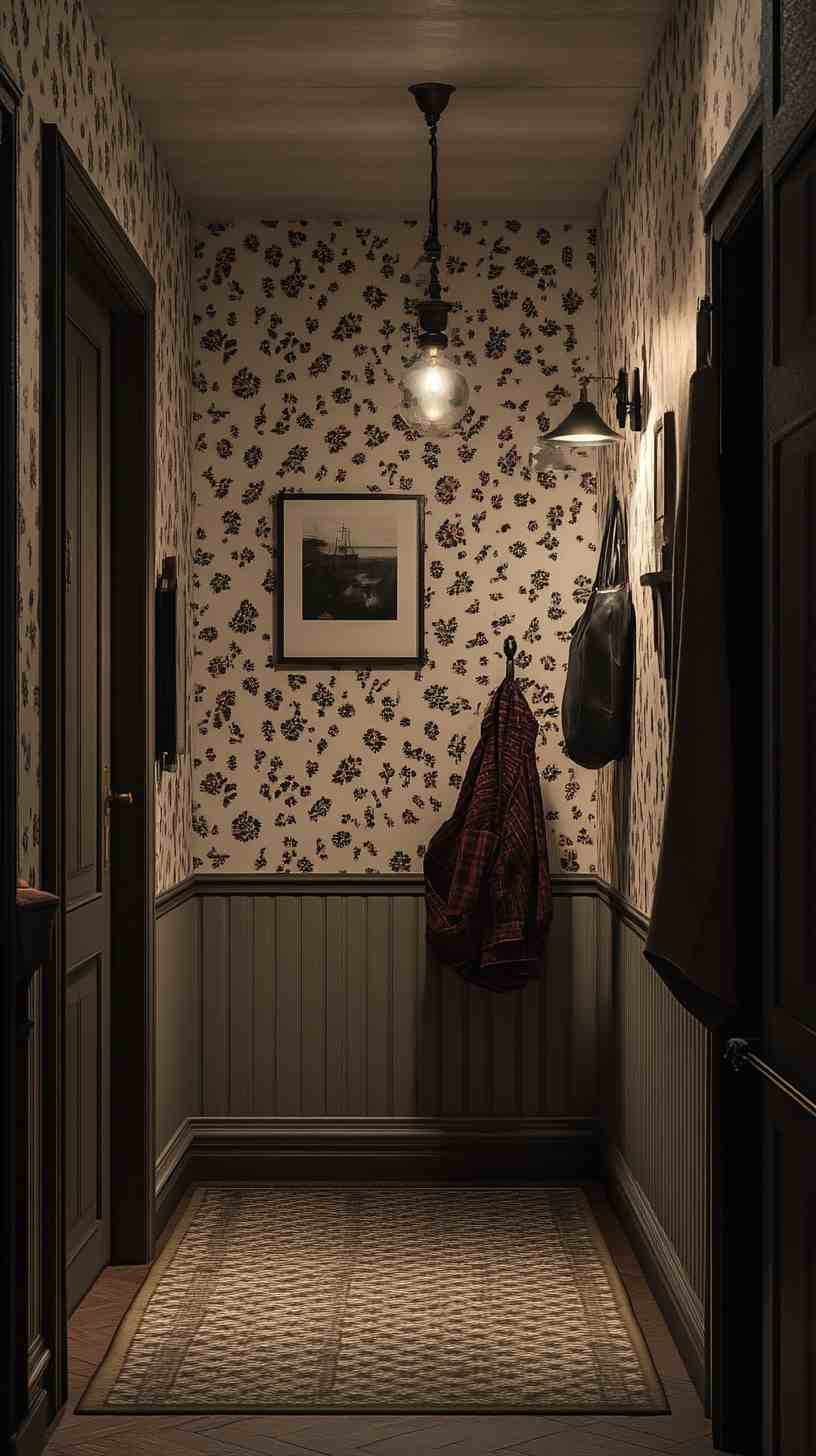
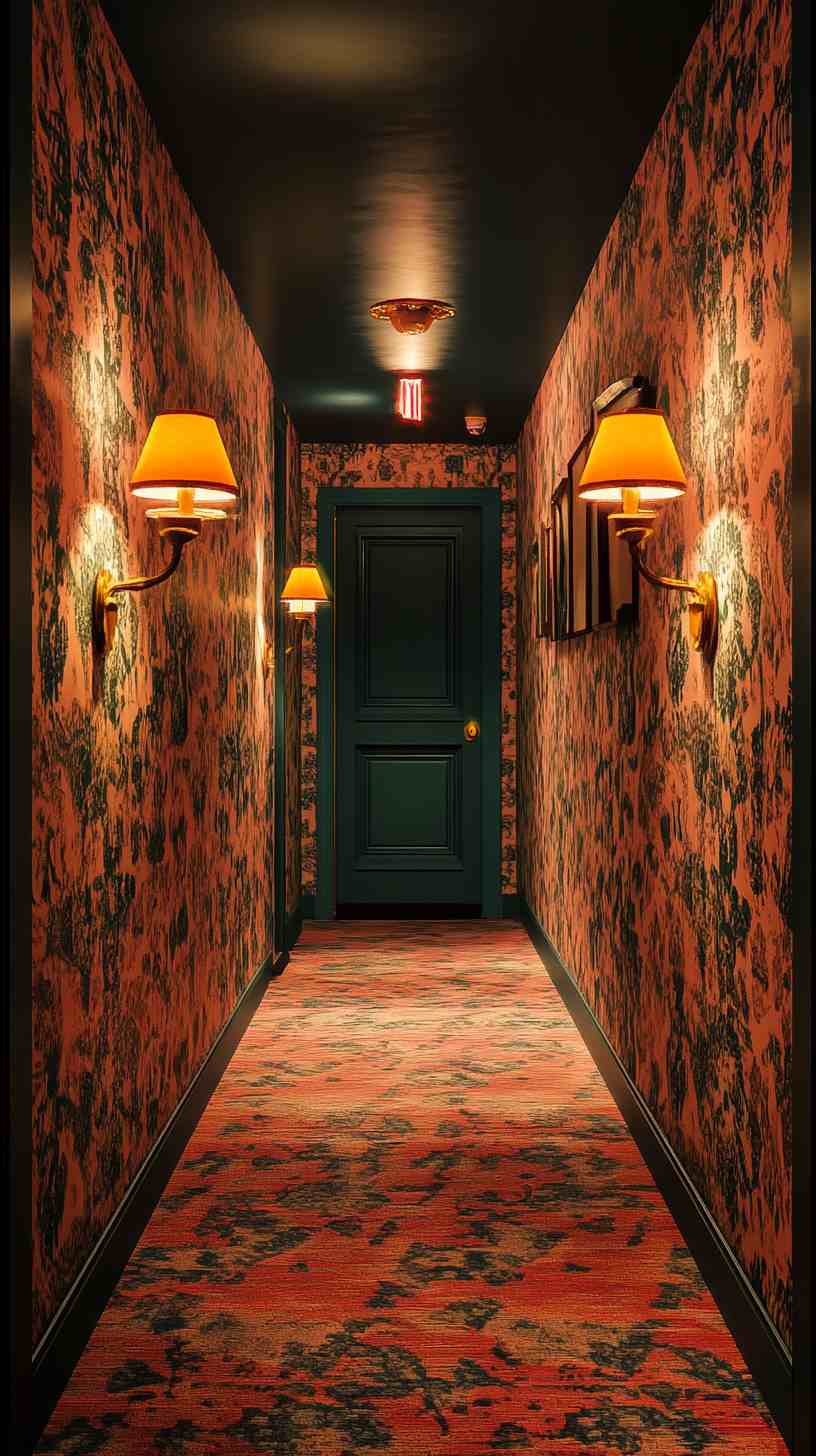
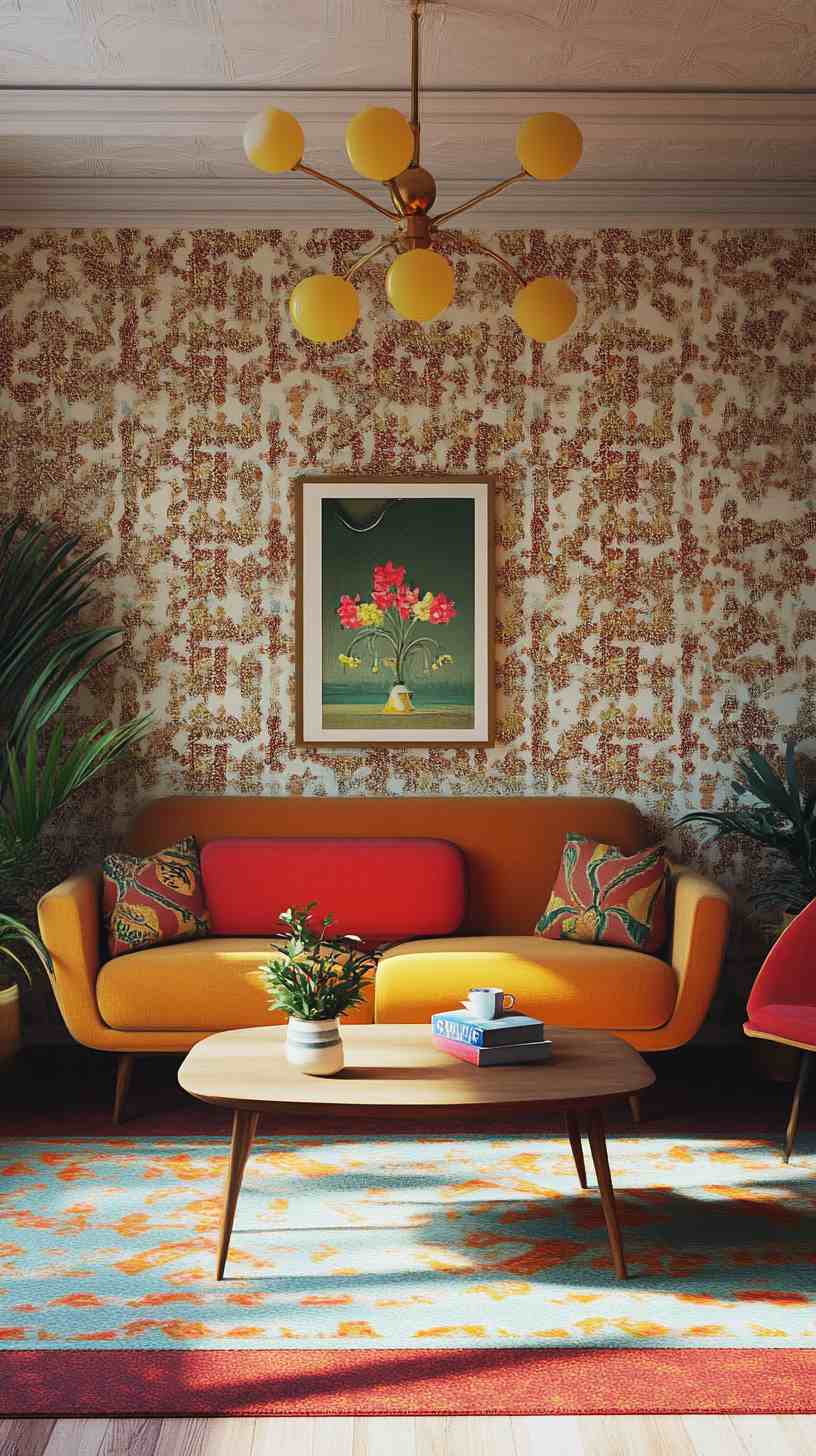
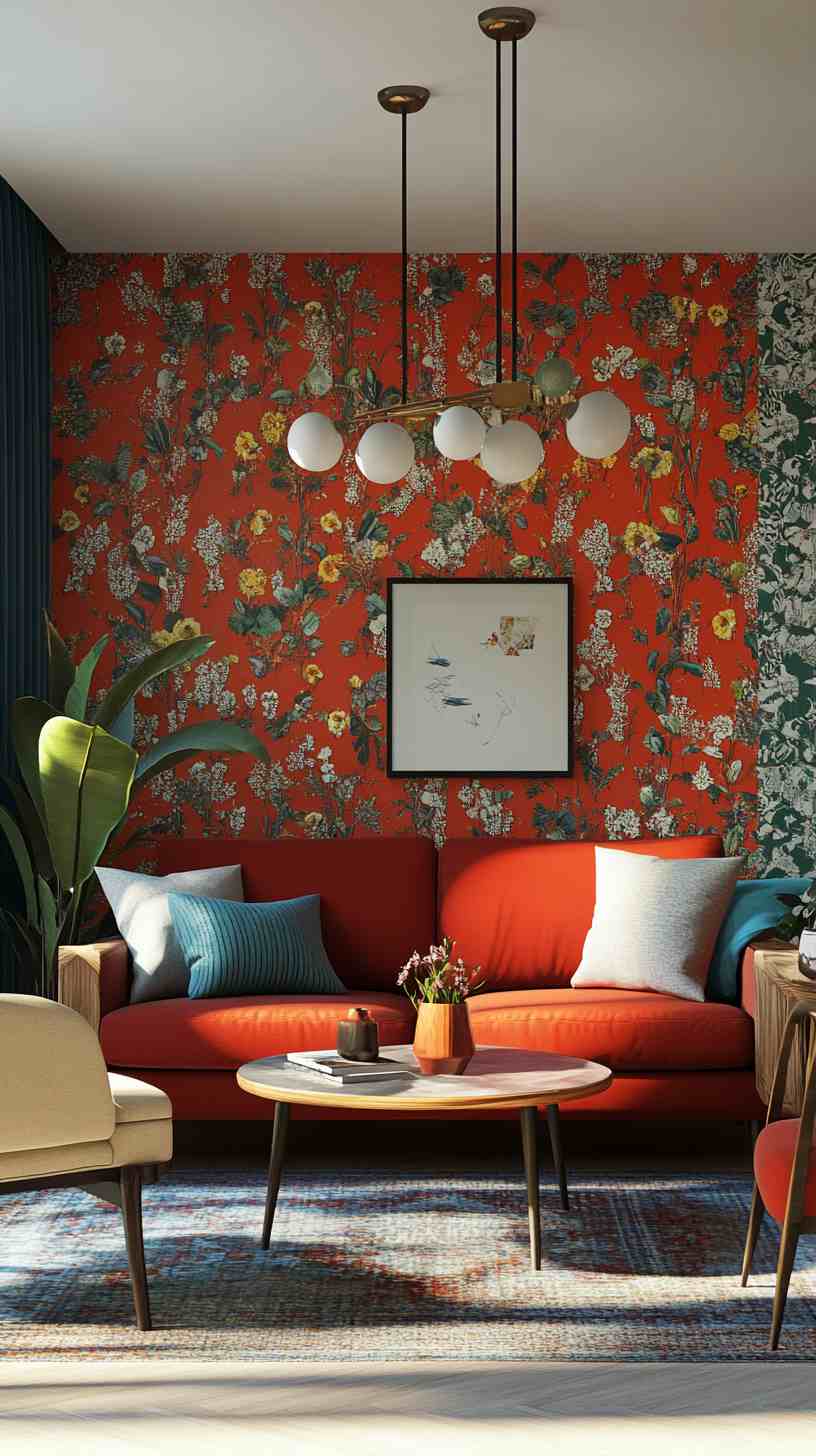

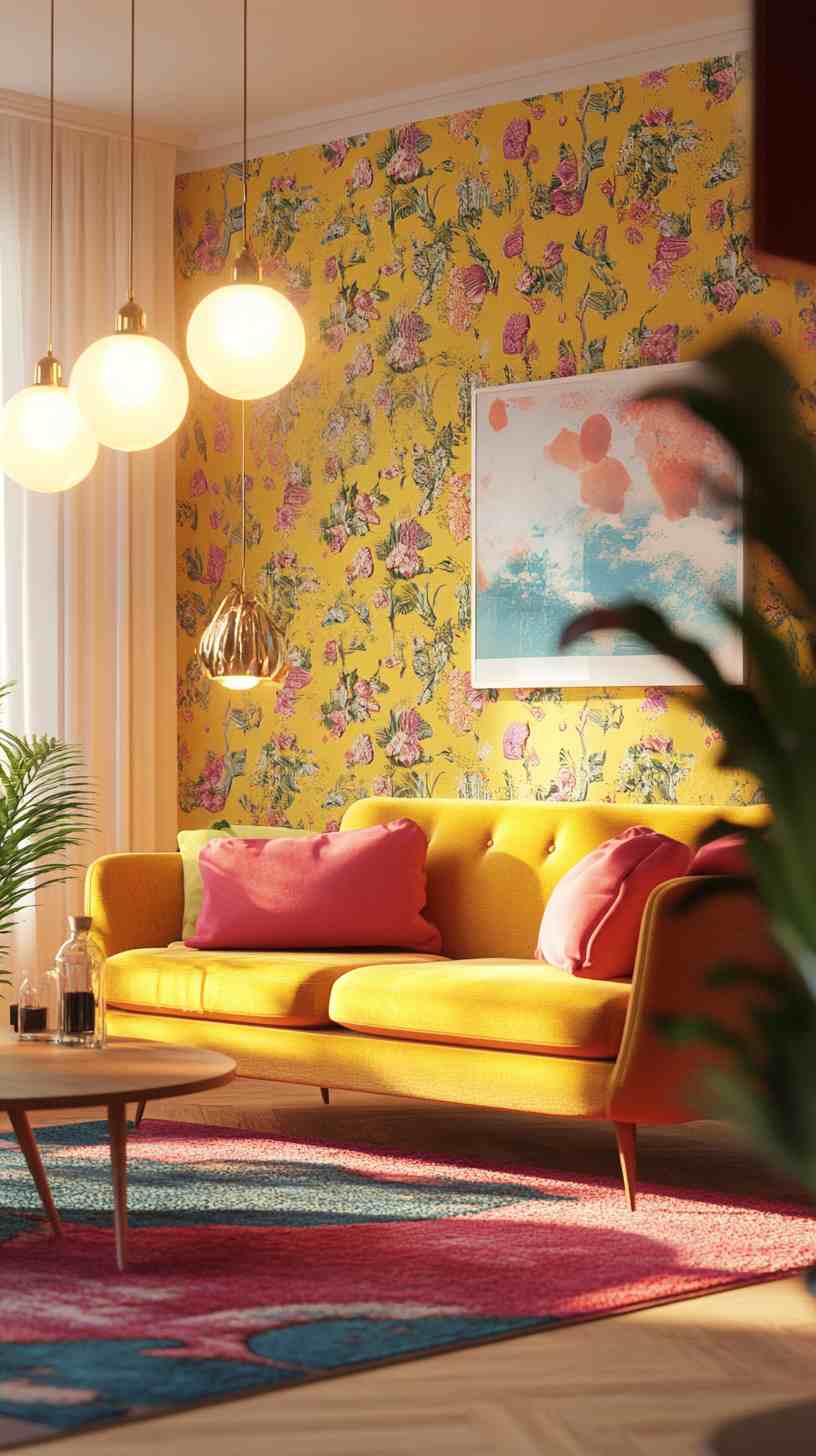
Room-by-Room Breakdown of 1950s Interior Design
The Living Room
The living room was the heart of the 1950s home, designed for family gatherings and entertaining. Low-slung sofas with tufted upholstery, paired with kidney-shaped coffee tables, created a cozy yet modern atmosphere. Large picture windows allowed natural light to flood the space, while pastel or bold wallpaper added visual interest. A television set, often housed in a wooden console, was a focal point, reflecting the growing influence of media.
In 4K HD photos, you can see the texture of shag rugs, the gleam of chrome accents, and the intricate patterns of upholstery fabrics, bringing the living room’s retro charm to life.
The Kitchen
The 1950s kitchen was a showcase for modern technology and design. Pastel-colored appliances, such as pink refrigerators or turquoise stoves, were paired with Formica countertops and vinyl flooring. Open shelving displayed colorful dishware, while chrome-trimmed dinette sets provided a casual dining area. Checkerboard floors and floral curtains added a playful touch.
High-resolution images highlight the glossy finishes of appliances, the smooth curves of chrome hardware, and the vibrant patterns of linoleum tiles, making the kitchen a standout feature of 1950s homes.

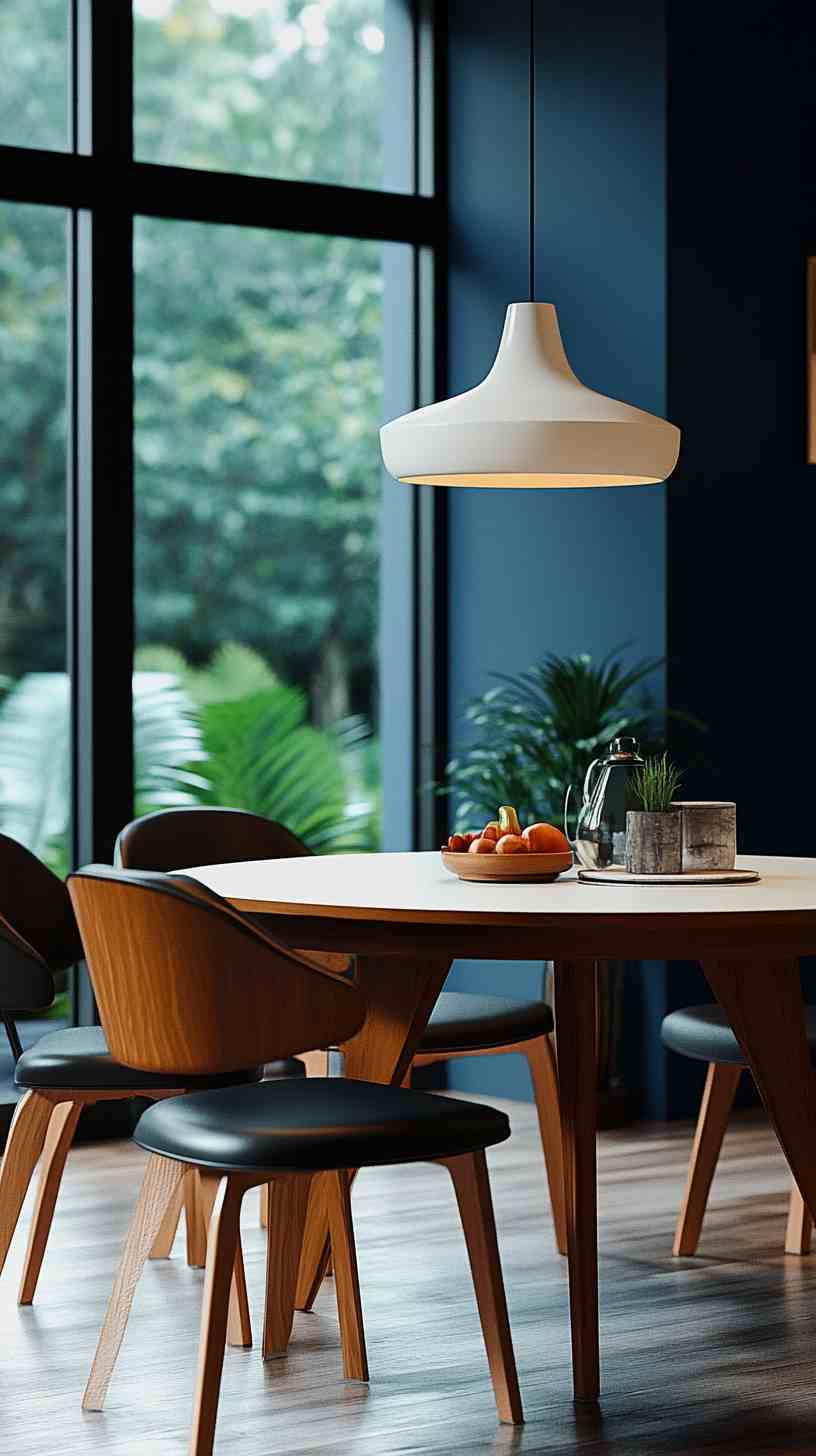
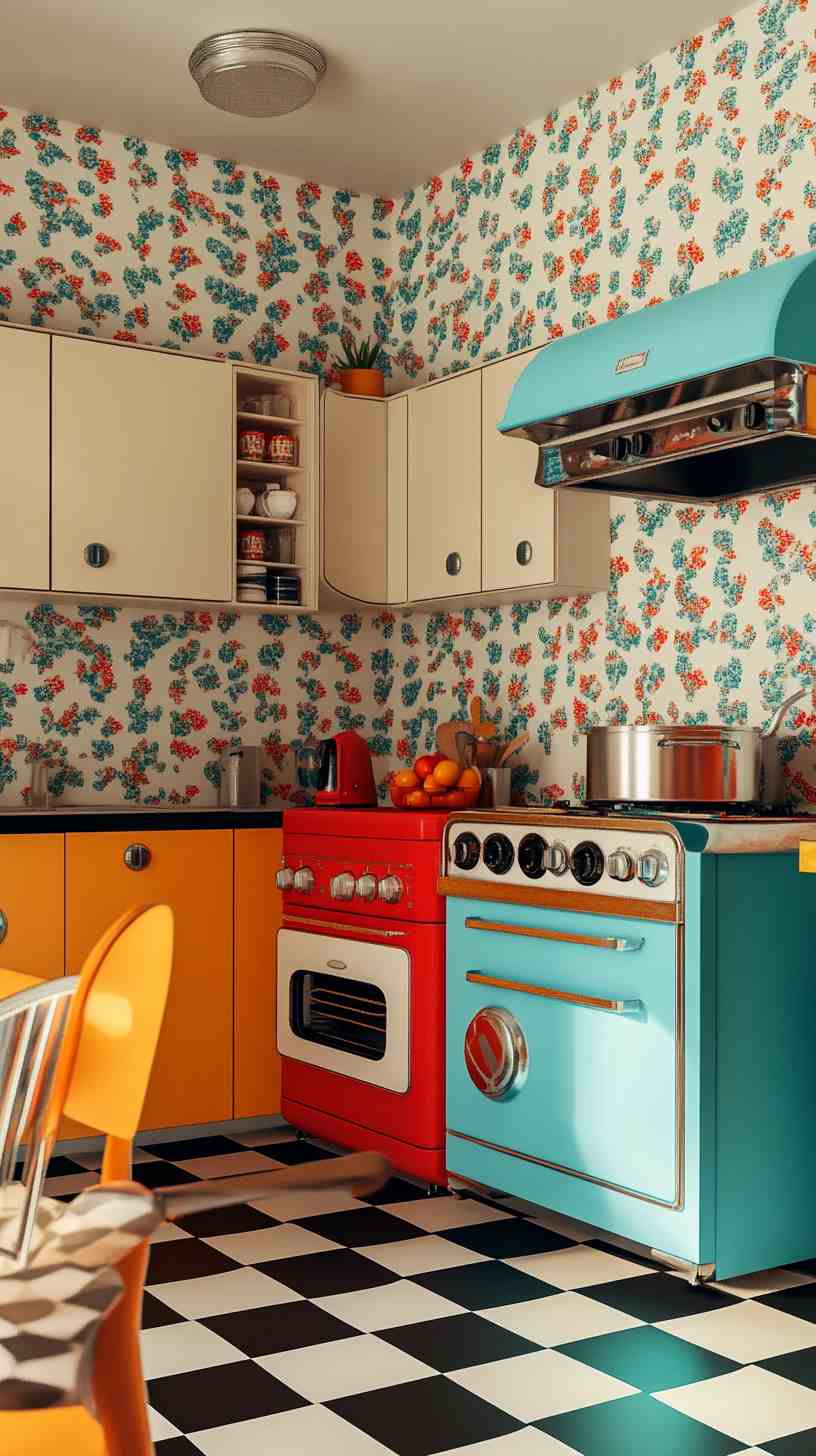


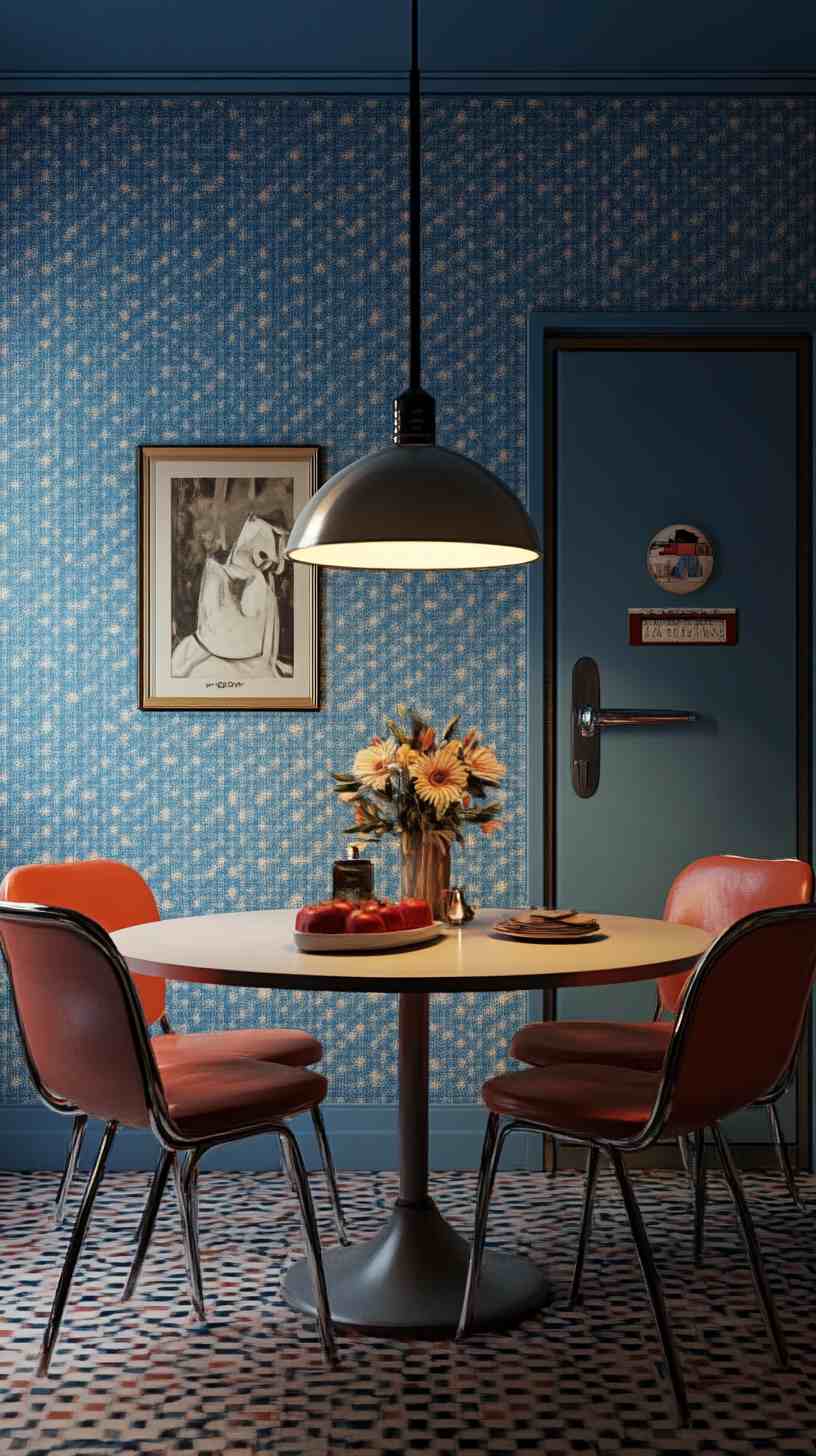
The Bedroom
Bedrooms in the 1950s were designed for comfort and simplicity. Low-profile beds with headboards upholstered in pastel fabrics or wood-paneled designs were common. Built-in closets and dressers maximized space, while floral or geometric-patterned wallpaper added a decorative flair. Table lamps with conical shades and bold colors provided soft lighting.
In 4K HD photos, the texture of chenille bedspreads, the grain of wooden furniture, and the subtle sheen of satin curtains are beautifully rendered, showcasing the bedroom’s serene yet stylish aesthetic.
The Bathroom
The 1950s bathroom embraced colorful tiles, often in pastel shades like pink, mint green, or yellow. Black or white accent tiles created a striking contrast, while chrome fixtures added a modern touch. Pedestal sinks, built-in vanities, and large mirrors were popular features, reflecting the era’s focus on functionality and style.
High-definition imagery captures the glossy finish of ceramic tiles, the reflective surfaces of chrome, and the crisp lines of geometric patterns, making the bathroom a visually appealing space.
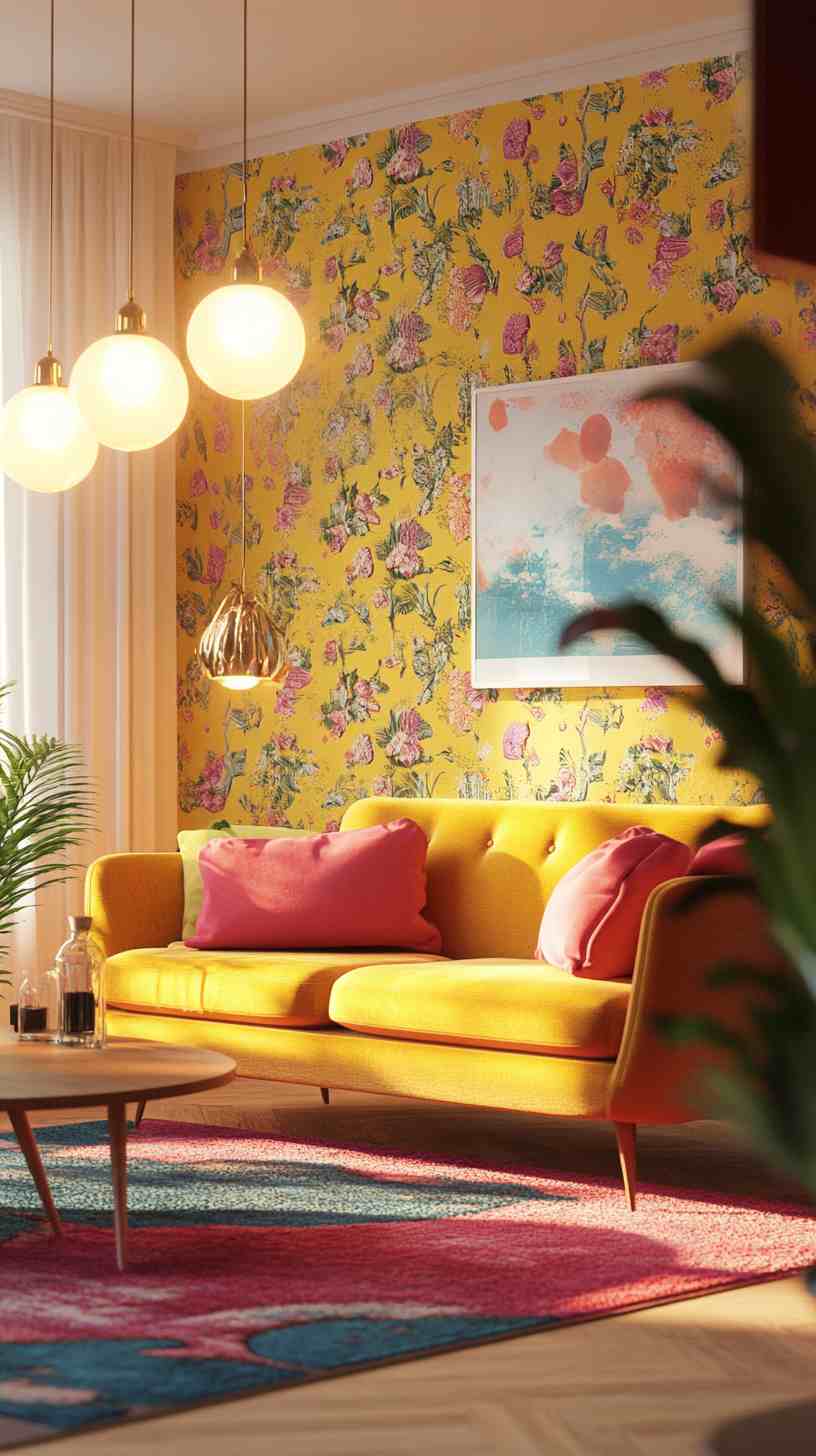

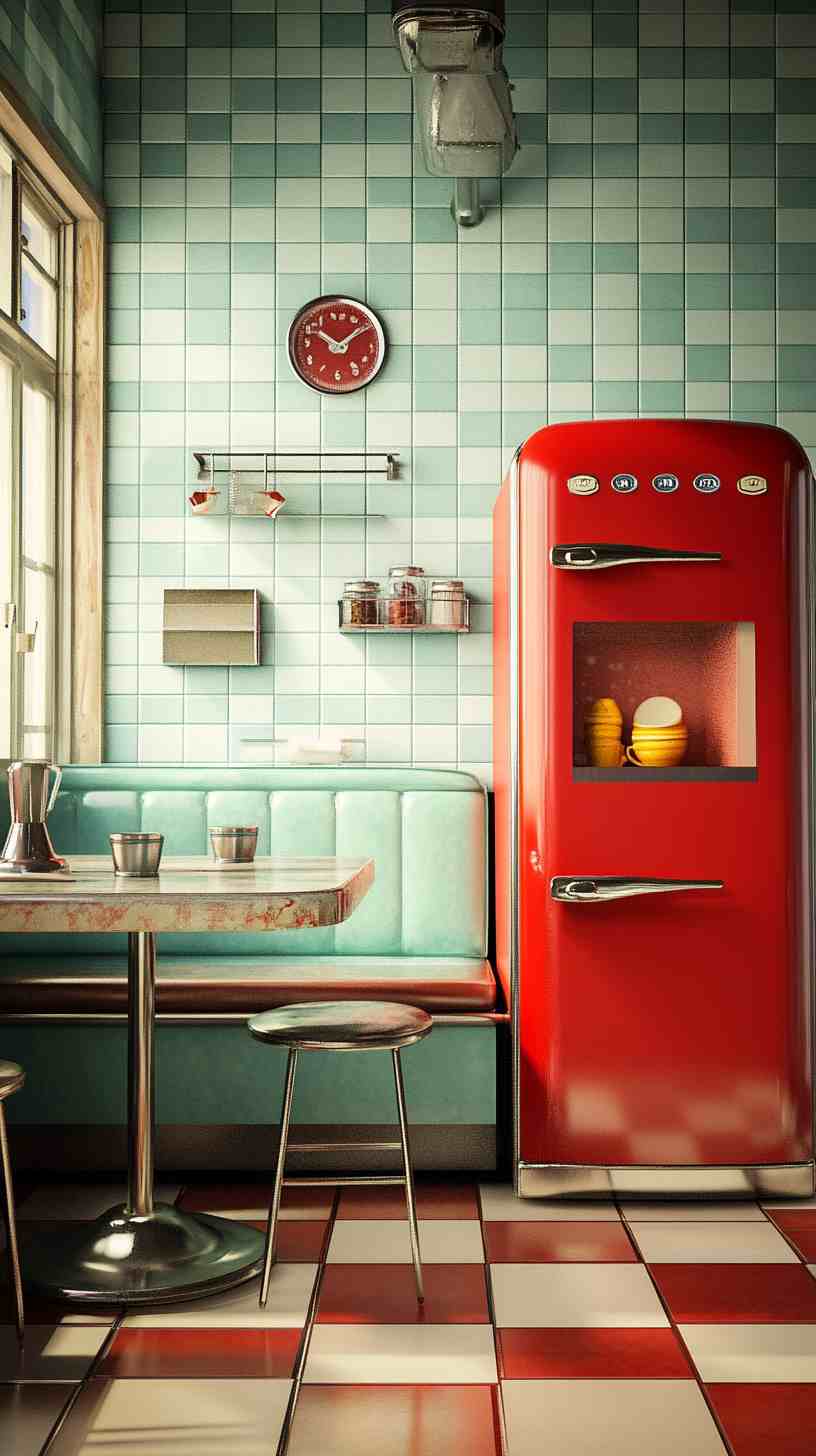
Where to Find 4K HD Photos of 1950s House Interior Designs
While I cannot generate or provide 4K HD photos directly, there are several resources where you can find high-quality images of 1950s interior designs:
- Stock Photo Websites: Platforms like Shutterstock, Getty Images, and Adobe Stock offer extensive libraries of retro interior design photos, many available in 4K resolution. Search terms like “1950s interior design,” “mid-century modern home,” or “retro kitchen” will yield a variety of options.
- Design and Architecture Blogs: Websites like Dwell, Apartment Therapy, and Retro Renovation often feature high-resolution images of 1950s-inspired interiors, including restored homes and vintage photos.
- Social Media and X: Search for hashtags like #1950sDesign, #MidCenturyModern, or #RetroHome on X and other platforms. Users often share high-quality photos of their own homes or vintage finds. With my ability to analyze X posts and links, I can assist in finding specific content if you provide more details.
- Museums and Archives: The Library of Congress, the National Archives, and museums like the Smithsonian offer digitized collections of vintage interior design photos, some of which may be available in high resolution.
- Books and Digital Publications: Look for digital versions of books like Mid-Century Modern: Interiors, Furniture, Design Details by Dominic Bradbury or The 1950s American Home by Diane Boucher. These often include high-quality images that can be viewed or downloaded in HD.
The Enduring Appeal of 1950s Interior Design
The 1950s house interior designs continue to captivate modern audiences due to their blend of nostalgia, optimism, and innovative style. The bold use of color, the sleek lines of mid-century furniture, and the playful incorporation of kitsch and futuristic motifs create a unique aesthetic that feels both timeless and distinctly of its era. Whether you’re a design enthusiast, a homeowner looking to recreate a retro look, or simply a fan of vintage aesthetics, exploring 1950s interiors in 4K HD offers a window into a pivotal moment in design history.
By studying high-resolution photos, you can appreciate the craftsmanship, materials, and attention to detail that defined the decade. From the glossy surfaces of Formica countertops to the sculptural elegance of an Eames chair, these images bring the 1950s to life in stunning clarity, making it easier than ever to draw inspiration from this iconic period.
Conclusion
The 1950s house interior designs represent a fascinating intersection of cultural optimism, technological innovation, and creative expression. With their vibrant colors, sleek furniture, and open layouts, these spaces remain a source of inspiration for designers and homeowners alike. While 4K HD photos provide an unparalleled opportunity to explore these interiors in detail, the essence of the 1950s aesthetic lies in its ability to evoke a sense of joy, comfort, and forward-looking spirit. Whether you’re browsing stock photo sites, scouring social media, or flipping through vintage design books, the beauty of 1950s interiors is just a high-resolution image away.
If you’d like assistance finding specific images or analyzing content related to 1950s interior design on X or the web, feel free to ask—I’d be happy to help!
Please share this 50s House Interior Designs 4K HD Photos with your friends and do a comment below about your feedback.
We will meet you on next article.
Until you can read, 3ds Max Interior Designs House 4K HD Photos
